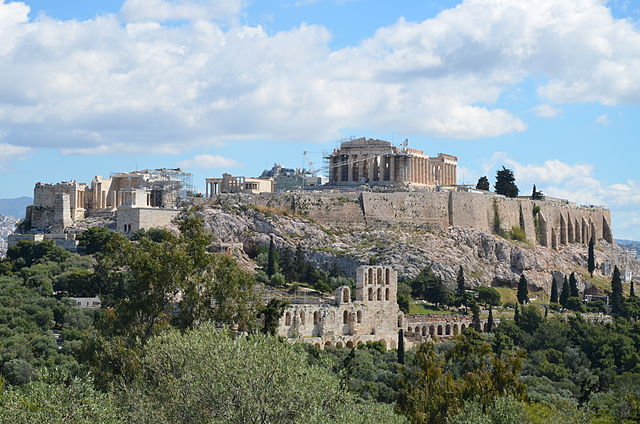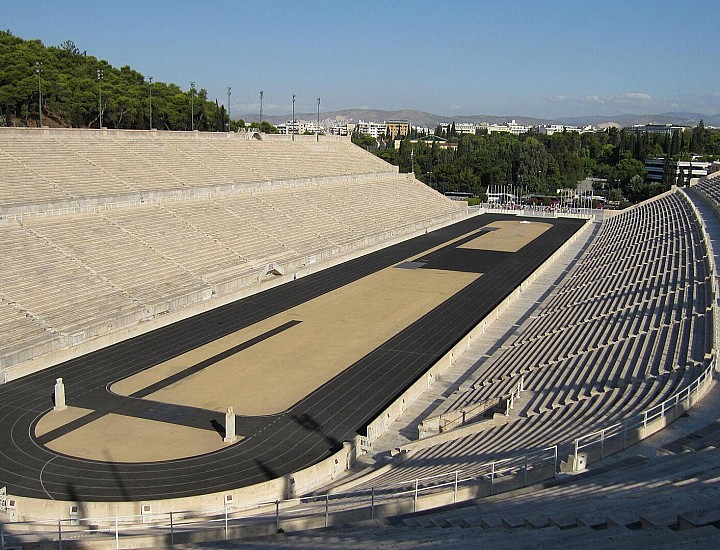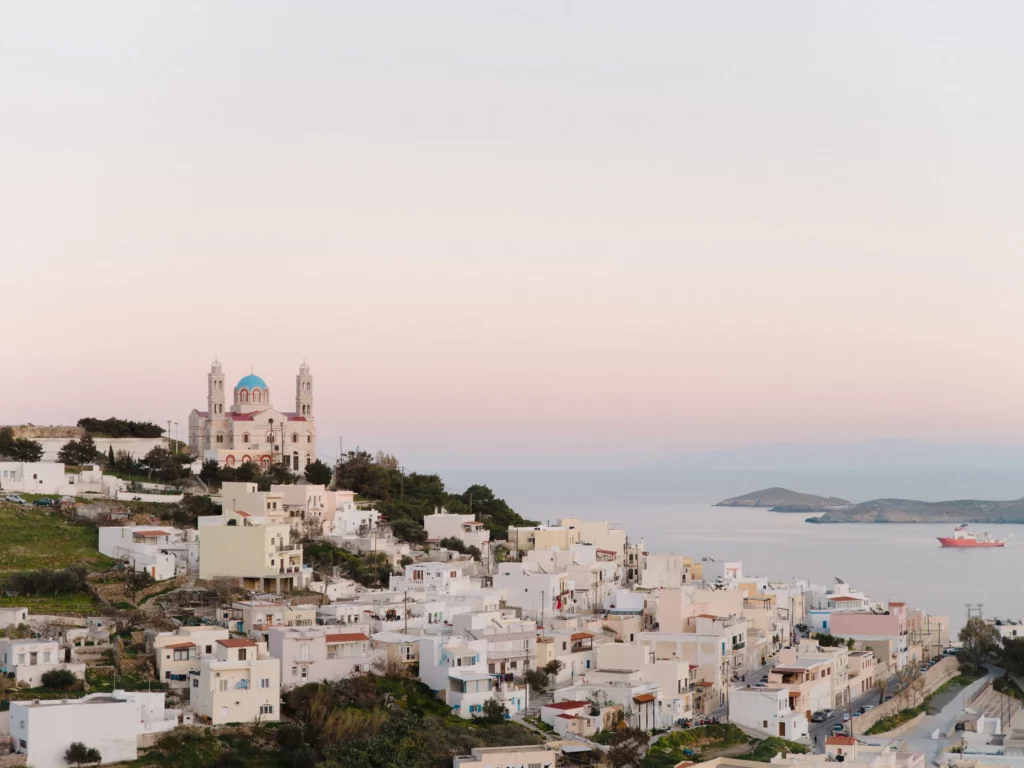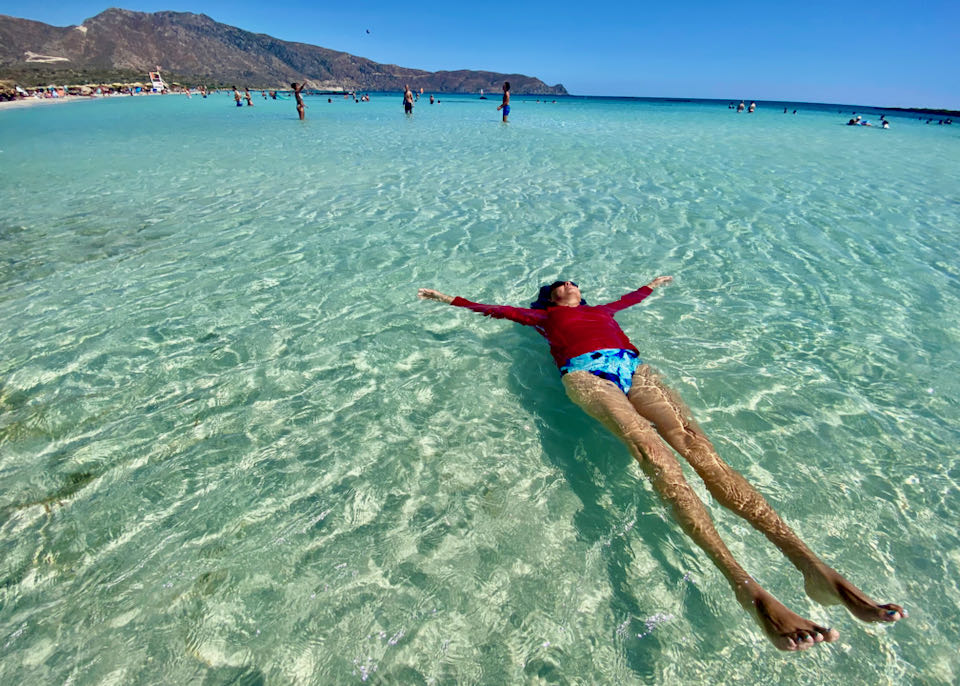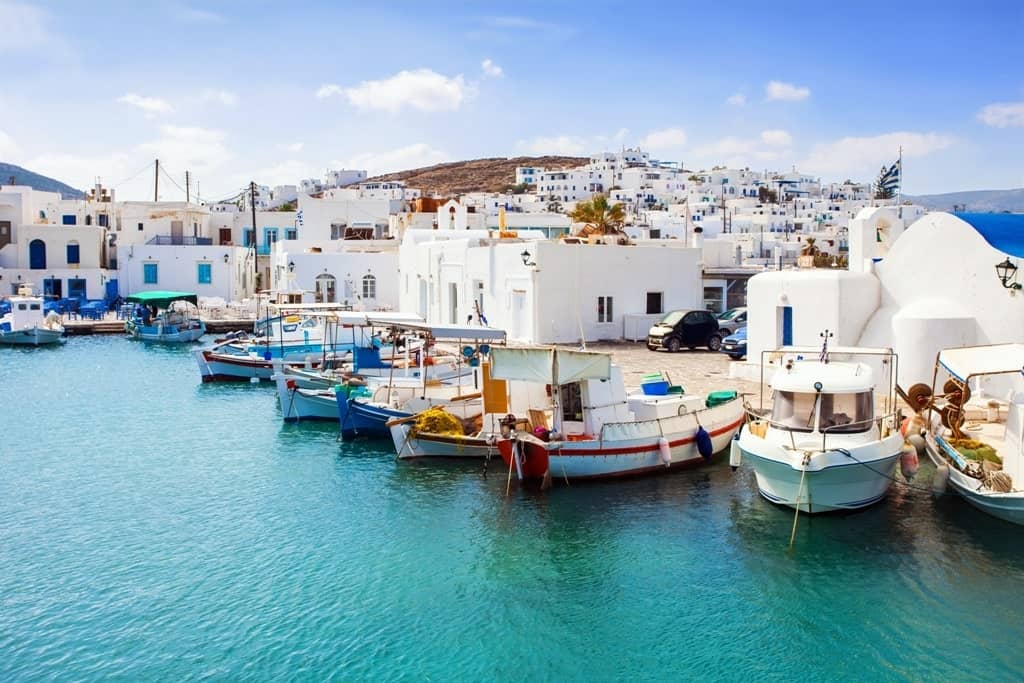Athens, the capital of Greece, is a city that offers a wide variety of culinary delights for food lovers. From traditional Greek dishes to international cuisine, there’s something for everyone in Athens. Here’s a 5-day guide to help you explore the city’s culinary scene.
Day 1: Monastiraki Flea Market and Psirri neighborhood
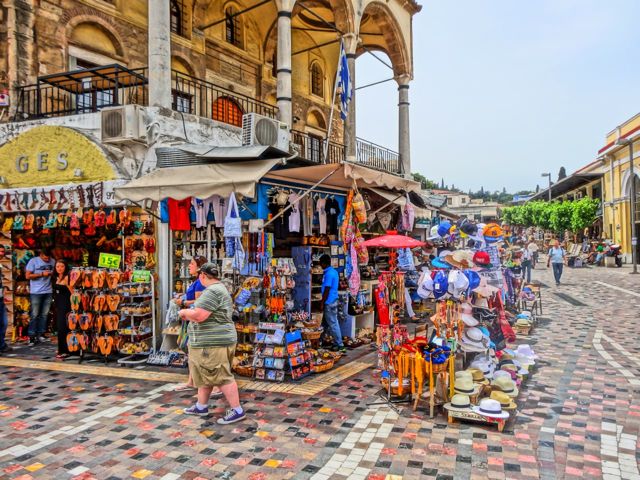
Start your foodie adventure by visiting the Monastiraki Flea Market, where you’ll find a wide variety of street food vendors selling everything from gyros to souvlaki. The market is also a great place to try traditional Greek dishes such as dolmades (stuffed grape leaves) and spanakopita (spinach and feta pie).
After visiting the market, head to the Psirri neighborhood, known for its vibrant nightlife and traditional tavernas. Take a stroll through the streets and stop at one of the many tavernas for a traditional Greek meal, such as moussaka, a dish made with eggplant, ground beef, and a bechamel sauce.
Day 2: Athens Central Market and Gazi neighborhood
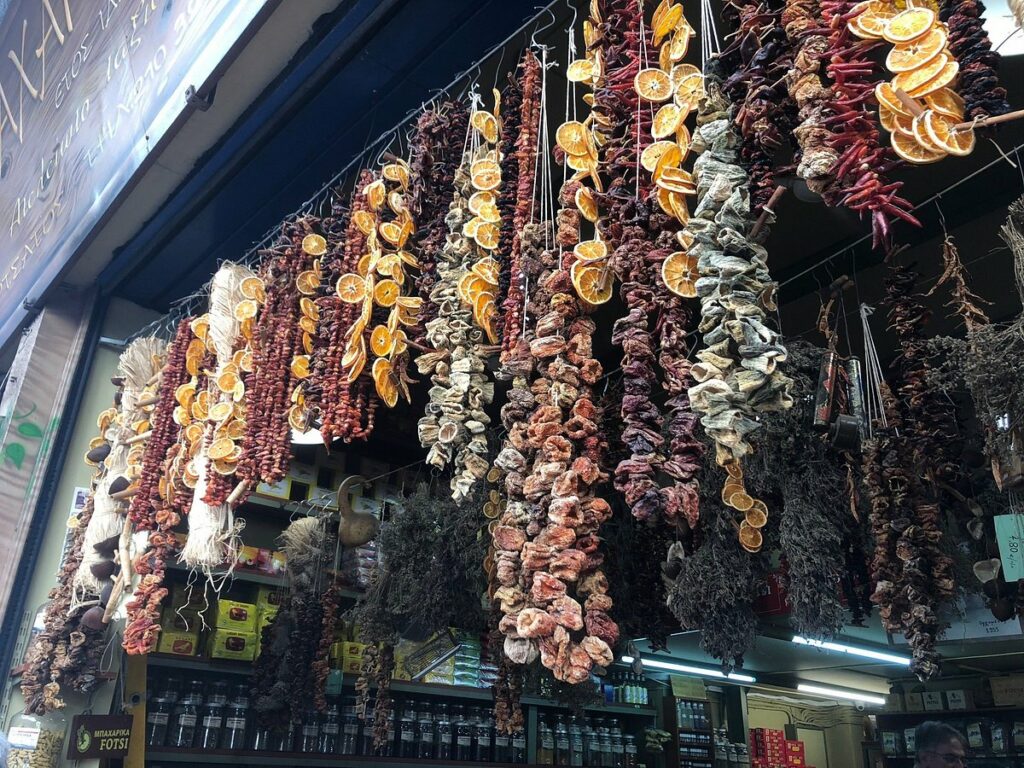
Visit the Athens Central Market, also known as Varvakios Agora, in the morning to see the locals shopping for fresh produce and meats. The market is also a great place to try traditional Greek dishes such as tzatziki (yogurt and cucumber dip) and dolmades (stuffed grape leaves).
After visiting the market, head to the Gazi neighborhood, known for its trendy bars and restaurants. The neighborhood has a wide variety of options, from traditional Greek tavernas to international cuisine. Try the local traditional Greek dish “Kokoretsi”, grilled marinated lamb or pork, wrapped in the animal’s own intestines.
Day 3: The seaside suburb of Glyfada and the Athenian Riviera
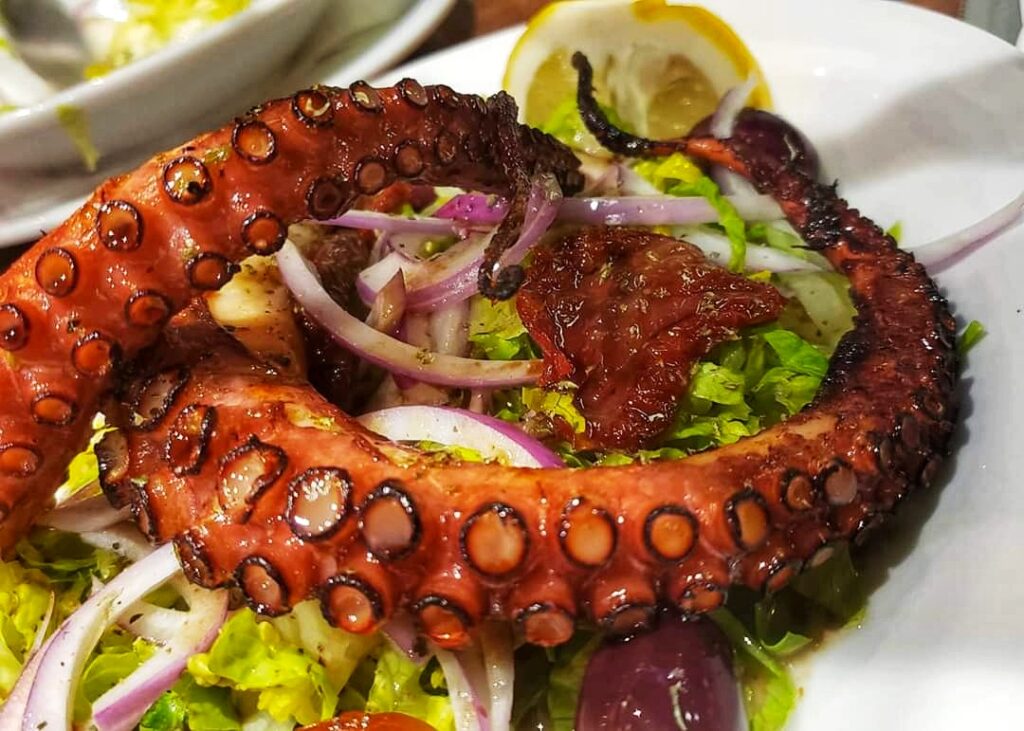
Take a day trip to the seaside suburb of Glyfada and the Athenian Riviera, known for their beautiful beaches and seafood restaurants. Start your day by taking a stroll along the beach and enjoying the stunning views of the Saronic Gulf. After a refreshing walk, head to one of the many seafood restaurants in the area to try some of the freshest seafood in Athens.
One of the must-try seafood dishes in the area is the traditional Greek dish of grilled octopus, or “octapodi.” This dish is typically marinated in olive oil, lemon juice, and herbs before being grilled to perfection. The result is a tender, flavorful octopus that is sure to delight your taste buds. Another must-try dish is “saganaki”, a fried cheese dish. The cheese is lightly floured and fried until it is golden brown and crispy on the outside, and gooey and melty on the inside.
After lunch, take a stroll through the streets of Glyfada and admire the charming architecture of the area. You’ll find a wide variety of shops, from high-end boutiques to small local shops selling handmade crafts and souvenirs.
Day 4: The northern suburb of Kifissia and the southern suburb of Voula

Take a trip to the northern suburb of Kifissia, known for its upscale restaurants and traditional tavernas. Start your day by visiting the Kifissia Park, a picturesque park that is perfect for a morning stroll. After your walk, head to one of the many traditional tavernas in the area to try some of the best traditional Greek dishes that Athens has to offer.
One of the must-try dishes in the area is “pastitsio”, a baked pasta dish with ground beef and bechamel sauce. This dish is typically made with layers of tender, fluffy pasta, a flavorful meat sauce, and a creamy bechamel sauce. The result is a delicious, comforting dish that is sure to satisfy your hunger. Another must-try dish is the “dolmades”, stuffed grape leaves, which are typically filled with a mixture of rice, herbs, and sometimes ground meat.
After lunch, head to the southern suburb of Voula to explore its traditional Greek tavernas. The suburb is known for its charming streets and traditional Greek architecture, as well as its delicious traditional Greek dishes. One of the must-try dishes in the area is “stifado”, a stew made with beef, onions, and red wine. This dish is typically slow-cooked to perfection, resulting in a rich, flavorful stew that is sure to warm you up on a cold day. Another must-try dish is “moussaka”, a dish made with eggplant, ground beef, and a bechamel sauce.
After exploring Voula, take a stroll through the streets and admire the charming architecture of the area. You’ll find a wide variety of shops, from high-end boutiques to small local shops selling handmade crafts and souvenirs.
Day 5: The Plaka neighborhood
End your foodie adventure by visiting the Plaka neighborhood, the oldest neighborhood in Athens. This charming neighborhood is known for its traditional Greek architecture, narrow streets, and small shops. Take a stroll through the streets and admire the colorful buildings, and stop at one of the many tavernas for a traditional Greek meal.
In conclusion, Athens offers a wide variety of culinary delights for food lovers. From traditional Greek dishes to international cuisine, there’s something for everyone in Athens. This 5-day guide will help you explore the city’s culinary scene, from the Monastiraki Flea Market and Psirri neighborhood to the seaside suburb of Glyfada and the Athenian Riviera. Whether you’re looking for traditional Greek dishes or trendy bars and restaurants, Athens has something to offer every food lover



